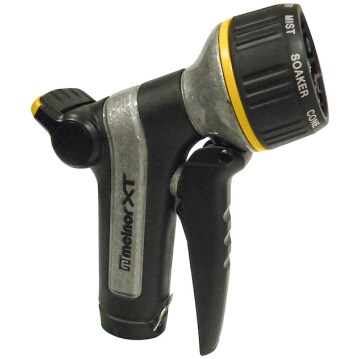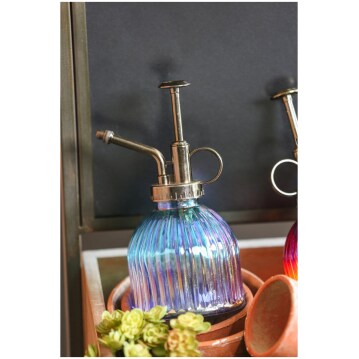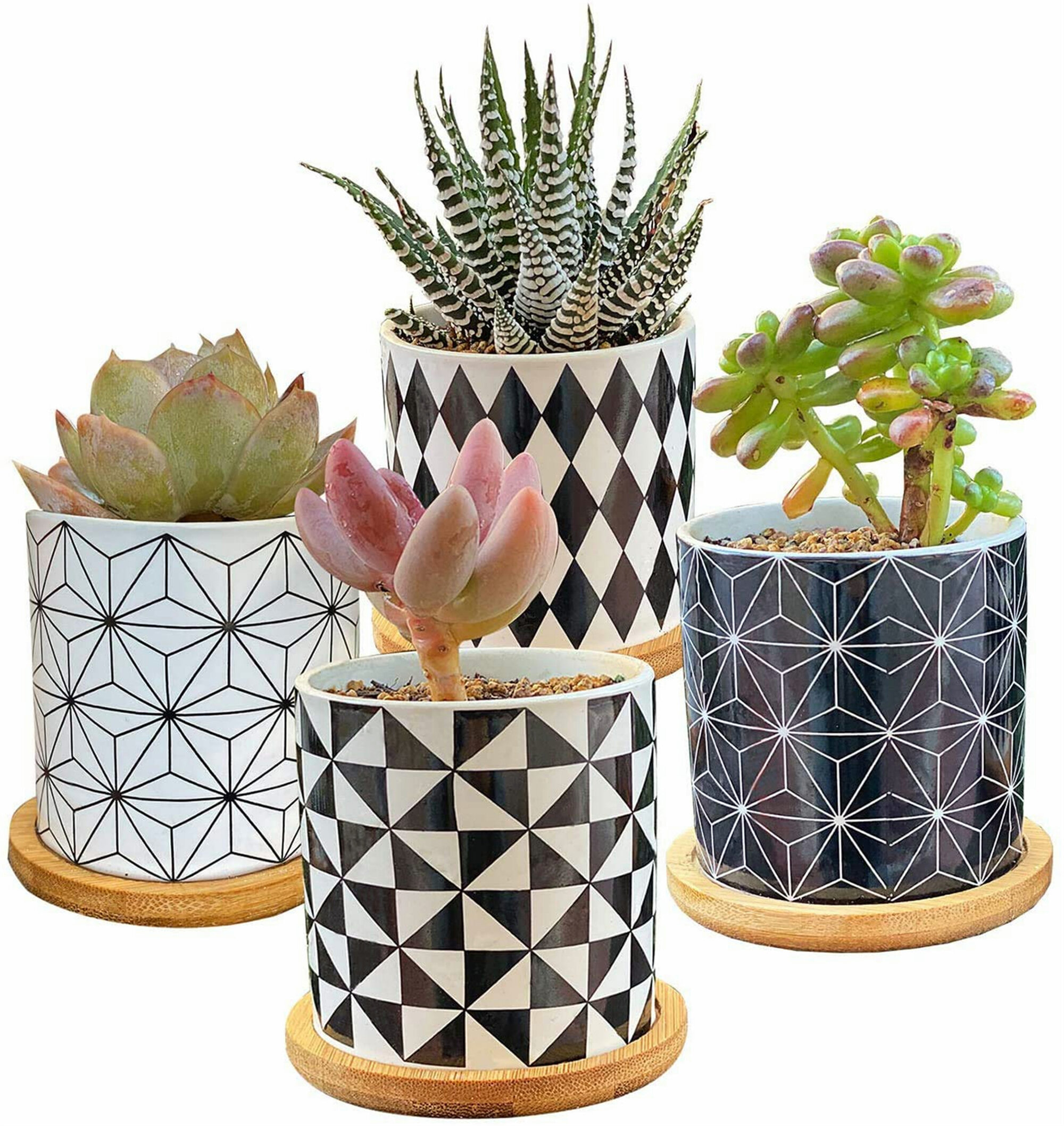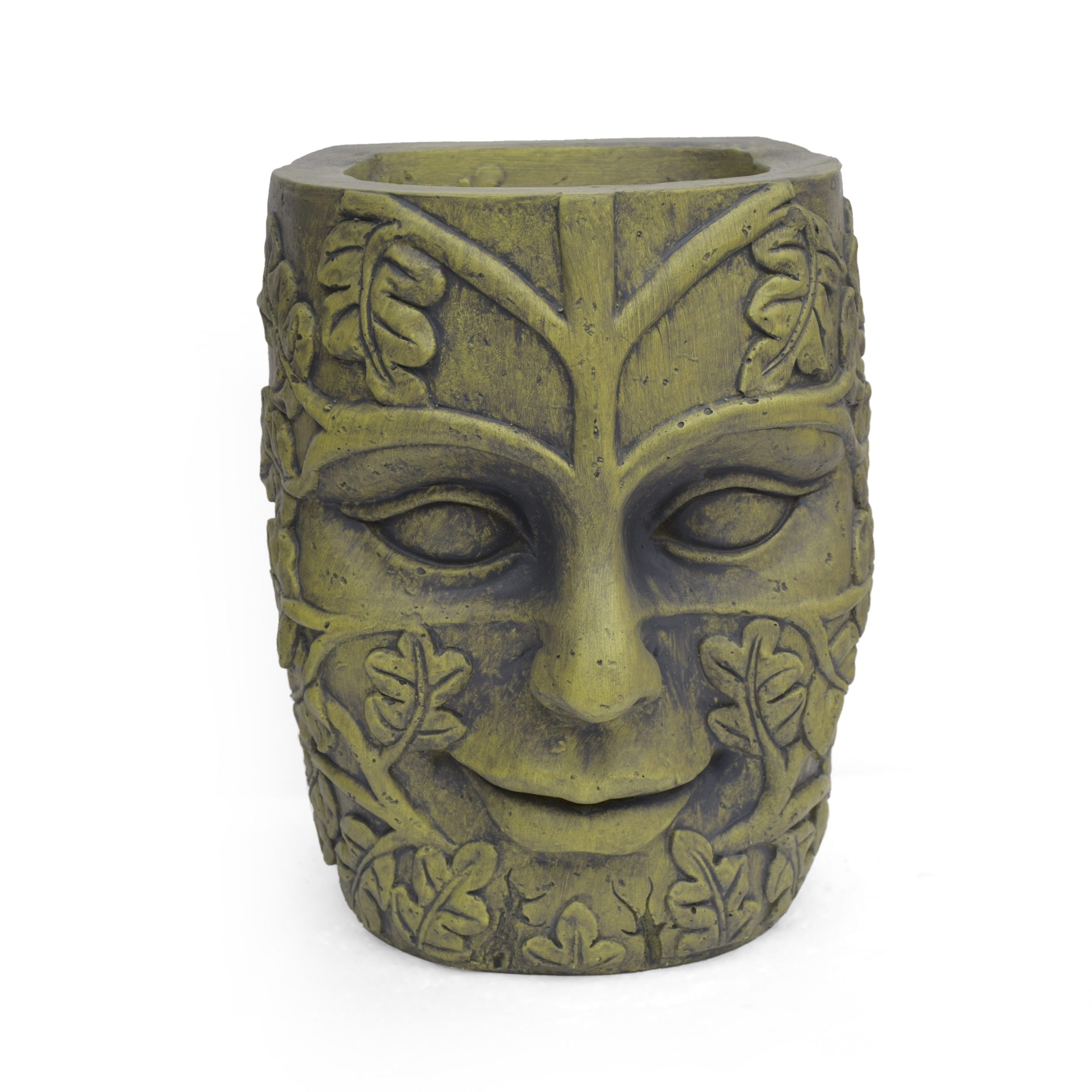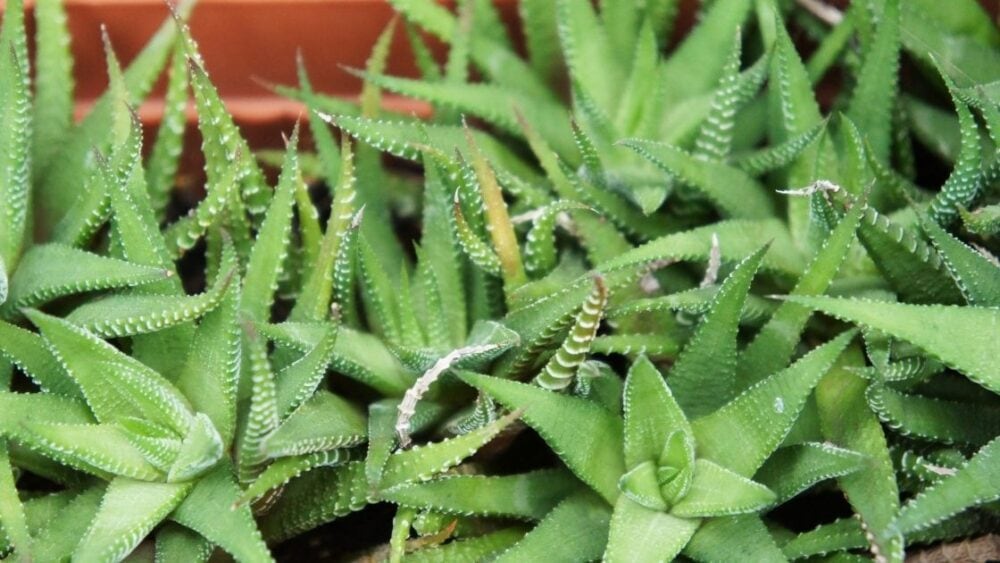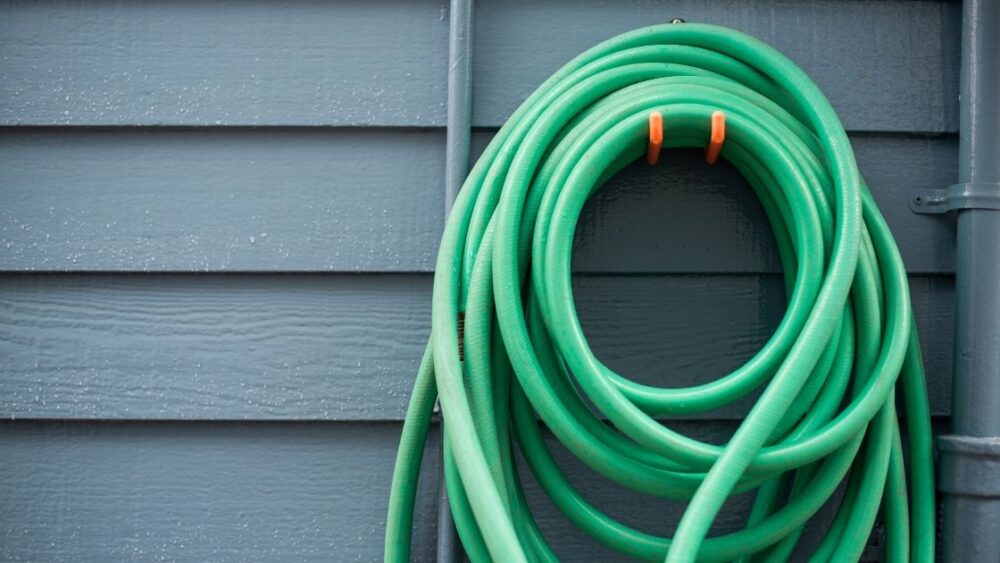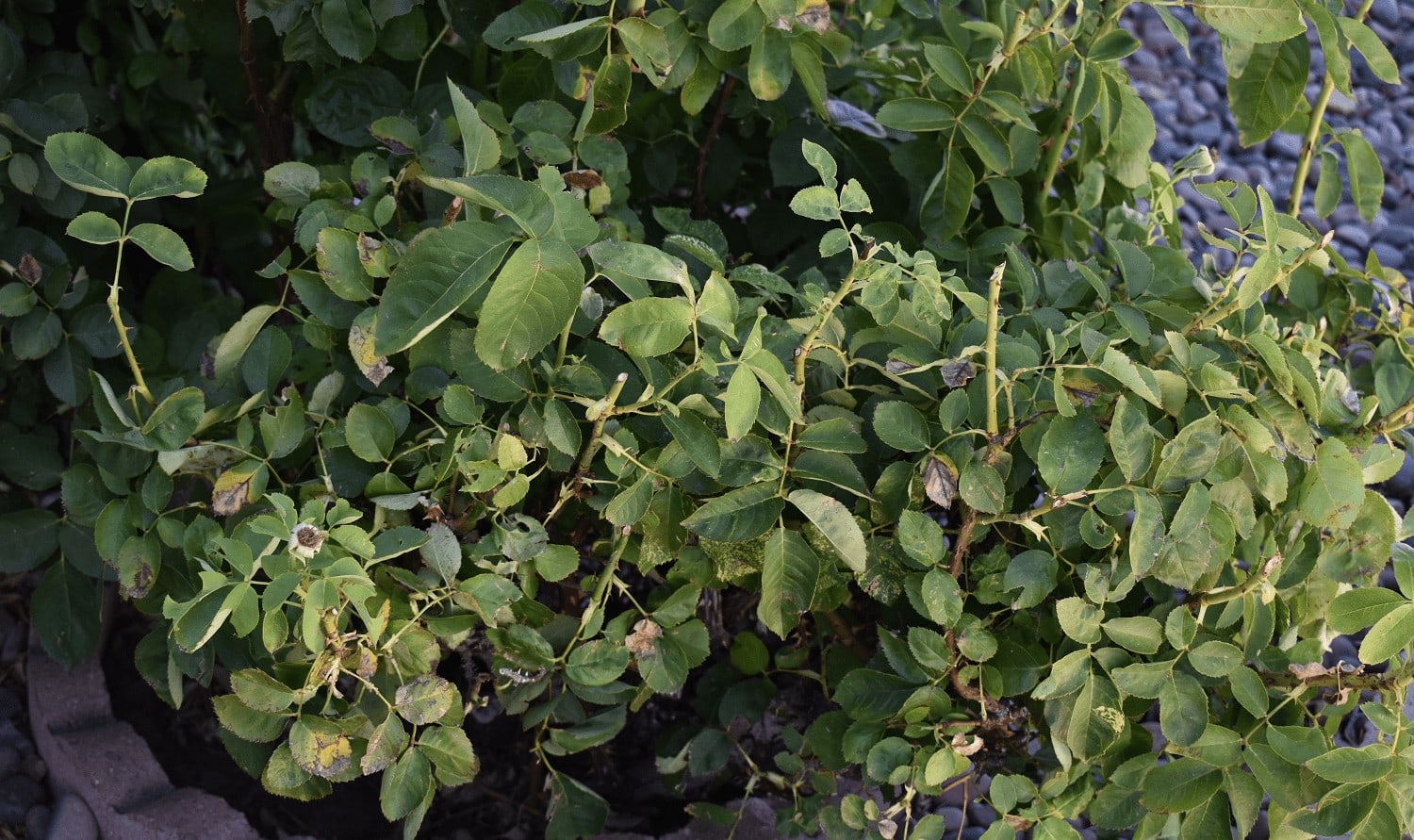
Because this Euphorbia tirucalli variety has a relatively low photosynthetic capacity, it requires very strong, direct sunlight to grow well. It has low chlorophyll levels and performs the inefficient CAM photosynthesis, as is the case with most succulents. This plant is also sensitive to overwatering, compacted soil and can succumb to several different pests and diseases.
‘Sticks on fire’ is an interesting, bushy succulent. It’s a variety of Euphorbia tirucalli – a large, 20-feet tall succulent tree, native to Africa. The ‘Sticks on fire’ variety has significant genetic differences however – its stems contain much less chlorophyll and when given plenty of sun, they take on a reddish coloring, giving this variety its name.
What Can Cause The ‘Sticks on Fire’ Plant to Not Grow Properly?
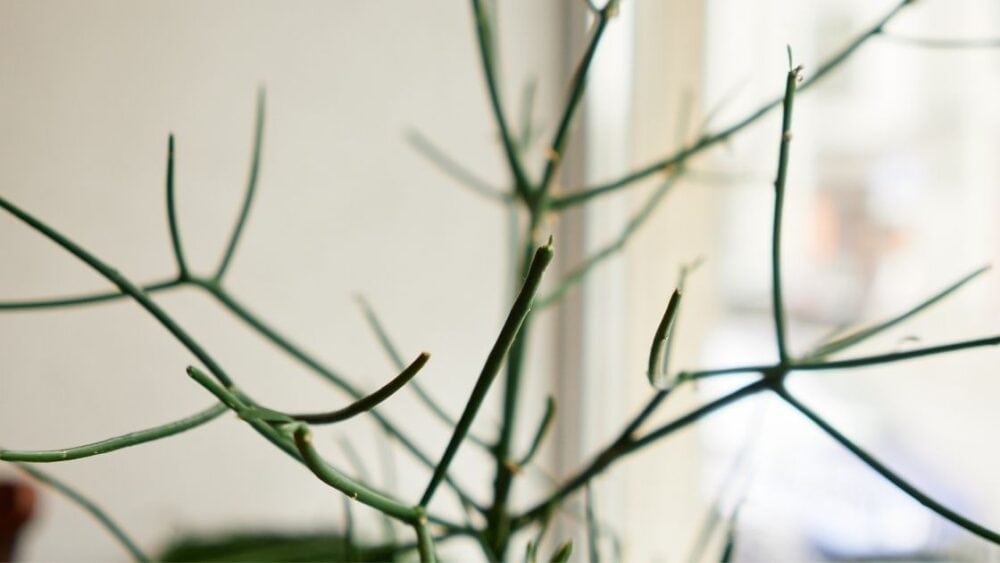
Let’s take a closer look at the possible symptoms and causes for poor or unhealthy growth in this bushy succulent:
Browse our Affiliate Products
- Seasonal leaf/stem die-off
This is a common phenomenon observed in this plant and is not a huge cause for concern. The actual cause of the phenomenon is not known. It usually occurs in the first few weeks after the plant has been brought indoors for the winter.
The symptoms are wrinkling and dying-off in a large portion of the stems, starting from the tips.
Eventually, the plant recovers on its own and starts putting out new, healthy growth. The problem can be severe if the plant is kept in a very poorly-lit, humid area during the winter – moving it to a different spot with more light often solves the issue.
- Rotting problems due to humidity/overwatering/freezing
The sticks on fire variety is prone to stem rot and the actual cause of the problem can be difficult to pinpoint. Frost damage, fungal infestations from high humidity and poor air circulation can all trigger some stem rot.
The good news is that the succulent usually makes full recovery once the rotting stems are cut off and the plant is moved around/given different conditions. Very strong, direct sunlight usually prevents rotting problems, which is why this problem often occurs during the winter rest period.
- Improper soil or overwatering
Euphorbias in general are sensitive to the soil composition and too much water retention can quickly lead to rotting in the roots or even the stems. Sandier soils usually work best for the ‘Sticks on fire’ variety and a lot of bark and compost can definitely lead to problems, especially in combination with too frequent watering and not enough sunlight.
The symptoms of poor soil and overwatering are not very specific – yellowing, soft stems and general poor growth is usually observed. Those same symptoms can develop because of light deficiency, making the diagnosis difficult.
Generally, poor discolored growth occurring despite lots of direct sunlight is a sign that a better soil or less frequent watering is required.
For more information on succulent root rot and other types succulents, check out these articles.
How Big Can ‘Sticks on Fire’ Get In Optimum Growing Conditions?
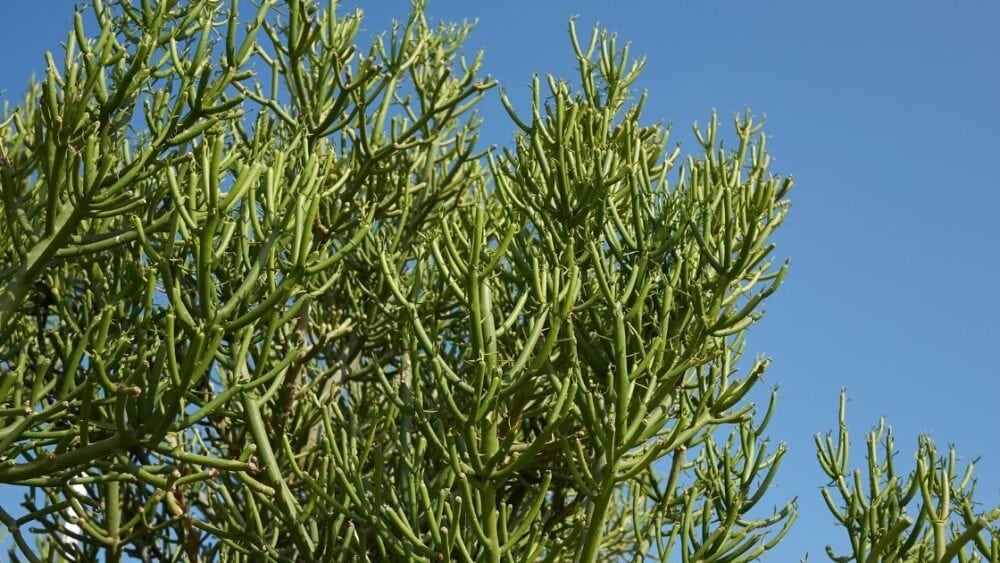
This variety can reach a height of around 8 feet, but this is rare and requires a climate without harsh winters. If the plant has to be brought indoors every winter for more than a few months, this will put a limit on its maximum height – larger plants will quickly start experiencing stem death when kept indoors and will have to be cut back, sometimes reducing the number and length of stems as much as 80%.
To find a wide variety of succulents, Check out our affiliates below.
Optimal Growing Conditions for ‘Sticks on Fire’
This is not a difficult to grow succulent, but it requires strong, direct sunlight and sheltering indoors during frosty weather. A very well-draining soil will prevent a lot of the issues associated with overwatering and stem rot.
How much sunlight is necessary?
Strong, direct sunlight for at least a few hours a day is a must for this variety. Small, potted specimens can survive fine on a windowsill with indirect sunlight, but don’t expect rapid growth out of them. In light-deficient situations, the plant will lose its red coloring, which is a good tell that it needs more light.
What temperature is ideal?
This Euphorbia variety can easily deal with the heat, but is not frost tolerant. However, sometimes even severely frost-damaged plants will eventually recover and start putting out new growth during the spring.
What type of soil is required?
Regular cactus growing mixes work well, but are sometimes too high in bark or compost. Diluting those mixes with 1:1 sand can reduce the water retention of the soil significantly, preventing root issues.
However, this will reduce the nutrition of the soil and more frequent fertilization (once per month with a dilute cactus fertilizer) will be required to sustain good growth.
How much water does ‘Sticks on fire’ need?
This plant has similar water requirements to all other arid-loving succulents and requires a drought period of the soil in-between waterings. Frequent watering with small amounts of water, which keeps the soil constantly moist, will lead to root and stem rot.
Pot size and potting outdoors
This succulent bush can be planted in extremely tiny pots and still do well. Even through it has the potential to get very tall (up to 8 feet), its stems are thin and allow you to easily keep the structure of the succulent tiny. In zones 10-11 this succulent can be planted outdoors, allowing it to reach its maximum size.
For more information on pots, check out this article. What is the perfect pot for my plants?
Does it do better indoors or outdoors?
In most climates, this succulent should be kept outdoors during the spring and summer and brought back indoors when the autumn rains start and the temperatures drop.
Check out this YouTube video on sticks on fire. Simple and to the point.
What Should You Do if Your ‘Sticks on Fire’ Plant Appears To Be Dying?
If the problem occurs during the winter rest period, this is normal and very common – make sure to cut off any rotting leaves and stems and give the plant more light, so that it has the energy to recover. Growth problems during the spring and summer are usually due to insufficient light, poor soil, overwatering or pests.
Inspect the plant closely for cottony formations or insects and if there are none, try to reduce the watering frequency to a minimum. If the problem keeps worsening, repot the plant in a better-draining soil and take cuttings as a precaution in case the mother plant dies.
Final Thoughts
The ‘Sticks on Fire’ Euphorbia variety is easy to grow and care for, but it can also sometimes be tricky for some succulent lovers, mainly because of its higher light requirements. The drainage-ability of the soil is a big factor in preventing all sorts of root and stem rot problems, as is the environment – specimens, adapted to strong sunlight and watered properly are much less prone to experiencing issues. Pest or fungal infestations are not very common and usually develop because of insufficient light or lack of airflow.

